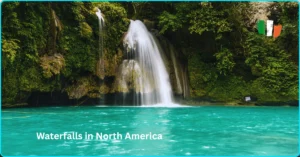I’ll never forget my first glimpse of Devil’s Throat. The thundering water crashed down with such force that I could feel the mist on my face from 100 feet away. My heart raced as I gripped the railing. This wasn’t just any waterfall – this was Iguazu Falls in all its glory. Which Side of Iguazu Falls is Better?
The Argentine side offers closer views and Devil’s Throat access, while the Brazilian side provides stunning panoramic views. Both sides are worth visiting.
Iguazu Falls spans across Argentina and Brazil, creating one of the world’s most spectacular natural wonders. I’ve visited both sides multiple times over the years. Each visit taught me something new about these incredible falls.
Today, I’ll share everything I learned. You’ll know exactly which side suits your travel style best. Trust me, this decision can make or break your Iguazu experience.
The Short Answer: It Depends on What You’re Looking For
After visiting both sides several times, here’s my honest comparison:
| Feature | Argentine Side | Brazilian Side |
|---|---|---|
| Experience Type | Up-close, immersive | Panoramic, scenic |
| Time Needed | Full day (6-8 hours) | Half day (3-4 hours) |
| Main Attraction | Devil’s Throat access | Wide waterfall views |
| Photography | Detail shots | Landscape photos |
| Crowds | More spread out | Can get crowded |
My recommendation? Visit both sides if you have time. But if you only have one day, choose based on what excites you more – getting soaked by waterfalls or capturing perfect photos.
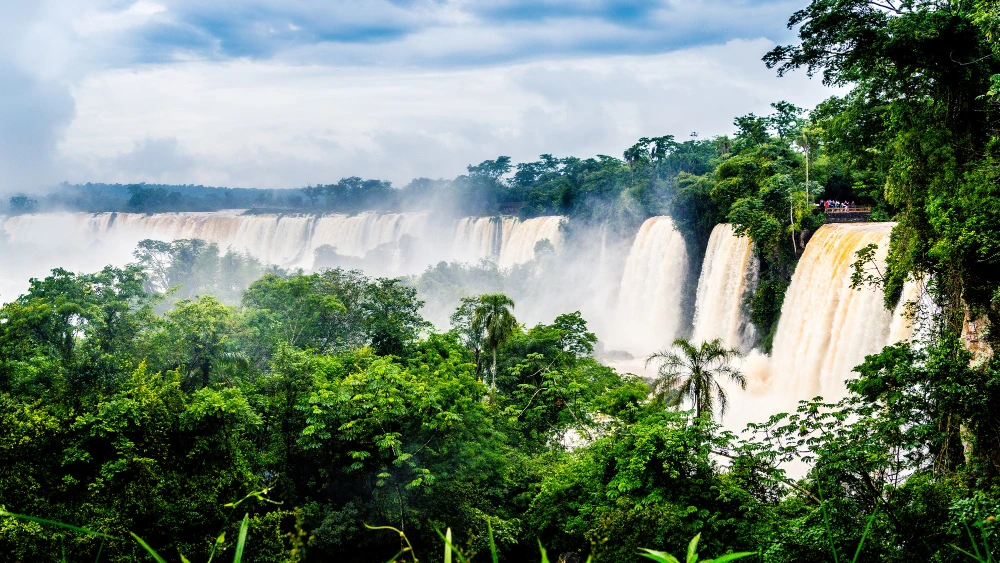
Argentine Side of Iguazu Falls: The Immersive Experience
What Makes the Argentine Side Special
The Argentinian side puts you right in the action. You’ll get closer to more waterfalls here than anywhere else in the world.
Garganta del Diablo (Devil’s Throat) is the crown jewel. Standing on that platform, I watched 1,700 cubic meters of water per second plummet into the abyss. The noise was deafening. The mist soaked through my rain jacket in seconds.
The Argentina side offers three main circuits:
- Upper Circuit: Elevated walkways above the falls
- Lower Circuit: Ground-level trails near the water
- Devil’s Throat Circuit: Direct access to the main cascade
Pro tip from experience: You will get soaked on the Lower Circuit. I learned this the hard way during my first visit. My camera got drenched despite my “waterproof” bag.
Iguazu National Park on the Argentina side is massive. I spotted coatis, tropical birds, and even a toucan during my walks. The wildlife here is incredible.
How Much Time You Need
Plan for a full day at the Argentine side – at least 6 to 8 hours. I made the mistake of thinking half a day would be enough on my first visit. I was completely wrong.
Each circuit takes 1-2 hours. Add travel time between trails, lunch breaks, and wildlife watching. The day flies by quickly.
Visit early morning to beat the crowds. I arrive when the park opens at 8 AM. By 11 AM, tour groups start flooding in.
Argentine Side Logistics
Entry to Iguazu National Park costs around $30 USD for foreigners. The price changes seasonally, so check current rates.
Getting there from Puerto Iguazu is easy. Local buses run every 20 minutes for about $2. Taxis cost around $15-20.
Where to stay: Puerto Iguazu has fewer hotels than the Brazilian side. But staying here means you’re just 20 minutes from the park entrance. I prefer the authentic Argentine atmosphere here.

Brazilian Side of Iguazu Falls: The Panoramic Perspective
Why the Brazilian Side Offers the Best Views
The Brazilian side gives you the money shot – a complete panoramic view of all 275 waterfalls at once. This is where you’ll capture those Instagram-worthy photos.
I spent hours on the viewing platform just watching the water cascade down. The scale is mind-blowing when you see the entire falls system spread out before you.
Photography tip: Visit in the afternoon for the best lighting. The sun hits the falls perfectly around 2-4 PM. You might even catch a rainbow in the mist.
Helicopter rides are available from the Brazilian side. I haven’t taken one myself, but friends say the aerial view is unforgettable. Flights cost around $150 for 10 minutes.
Iguazu Falls Brazil park is smaller but well-organized. The main trail is paved and wheelchair accessible – perfect for all fitness levels.
Time Needed and Logistics
Half a day (3-4 hours) is usually enough for the Brazilian side. The main trail is just 1.5 kilometers long. You can walk it leisurely and still have time for lunch.
Getting there from Foz do Iguaçu takes 30 minutes by bus ($3) or 20 minutes by taxi ($25).
Visa note: US and Canadian citizens need a visa for Brazil. Irish and EU citizens don’t. Check requirements before you travel.
Accommodation comparison: Foz do Iguaçu has more hotel options than Puerto Iguazu. The infrastructure is more developed on the Brazilian side. But you’ll cross the border daily to visit the falls.
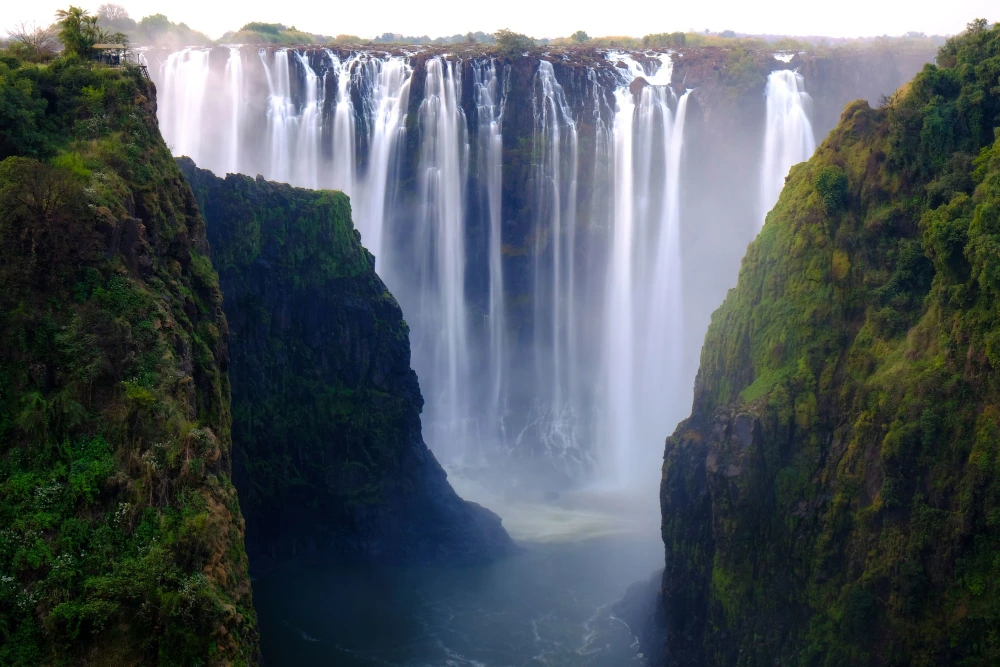
Can You See Both Sides of Iguazu Falls in One Day?
Yes, but it’s rushed and stressful. I tried this once and regretted it.
Here’s what happened: I started at the Argentine side at 8 AM. By 2 PM, I was exhausted but hadn’t seen Devil’s Throat yet. I rushed through it, grabbed lunch, then raced to the border.
Border crossing took 45 minutes with lines. I reached the Brazilian side at 4 PM with just 2 hours before closing. I felt like I was checking boxes instead of enjoying the experience.
Better plan: Spend 2 days minimum. One full day on the Argentine side, half a day on the Brazilian side. This gives you time to truly appreciate both perspectives.
Which Side Should You Stay On?
Staying on the Argentine Side (Puerto Iguazu)
Pros:
- 20 minutes from the main attraction
- Authentic Argentine culture and food
- Smaller, more intimate town feel
- Easy early morning park access
Cons:
- Fewer accommodation choices
- Restaurants close earlier
- Slightly more expensive
- Limited nightlife options
I recommend staying here if: You’re focused mainly on the falls, prefer quieter towns, or want easy early morning access to the Argentine side.
Staying on the Brazilian Side (Foz do Iguaçu)
Pros:
- More hotels at all price ranges
- Better restaurants and nightlife
- Modern infrastructure
- International airport access
Cons:
- Daily border crossings to see the Argentine side
- More touristy and commercial
- Further from the main falls
Choose the Brazilian side if: You want more accommodation options, better dining, or you’re flying into Foz do Iguaçu airport.
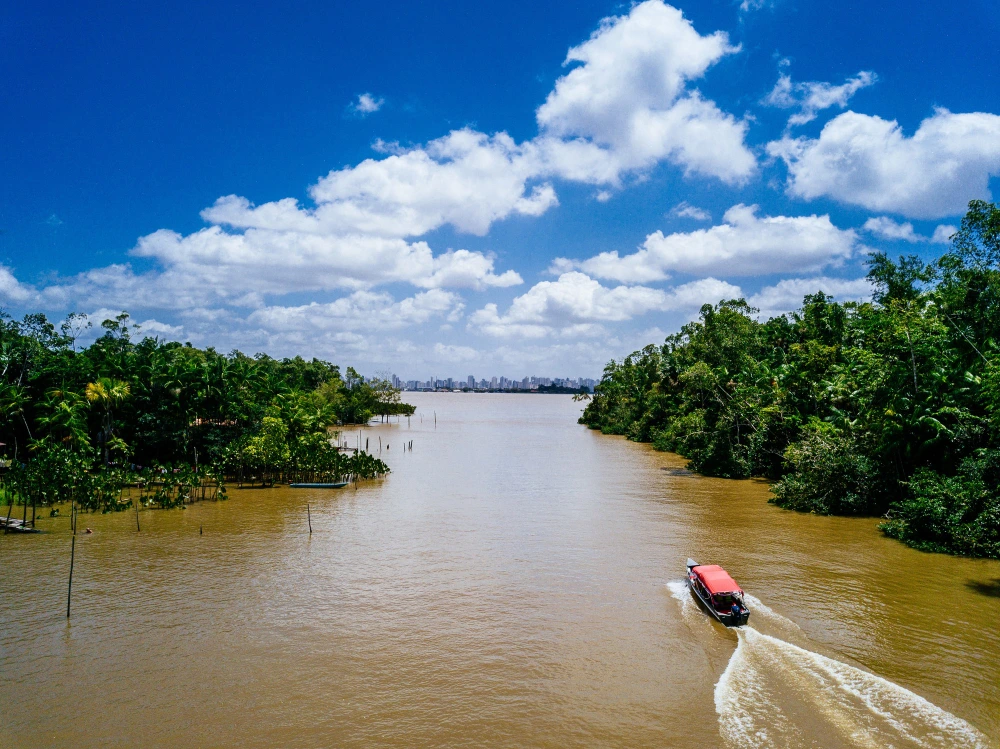
The Paraguay Side: Worth the Detour?
Quick answer: Only if you love shopping or engineering marvels.
Ciudad del Este on the Paraguay side offers duty-free shopping. It’s chaotic but fun if you’re looking for electronics or souvenirs.
The real attraction here is Itaipu Dam. This engineering wonder supplies 90% of Paraguay’s electricity. The tour is fascinating if you’re into massive infrastructure projects.
My take: Skip Paraguay unless you have extra time. The falls themselves are the main event. Paraguay doesn’t offer waterfall views – just shopping and the dam.
Practical Tips from Multiple Visits
Best Time to Visit Iguazu Falls
Weather-wise, April to June and August to November are ideal. I’ve visited in both wet and dry seasons. Each has its charm.
Dry season (June-August): Less water volume, but clearer weather and fewer crowds. Perfect for hiking.
Wet season (December-March): More water, more power, but also more rain and humidity. The falls are most impressive now.
Crowd levels: Avoid Brazilian and Argentine school holidays. July and December get crazy busy. I once waited 2 hours just to get on the Devil’s Throat platform.
What to Pack
Rain gear is essential, period. Don’t trust the weather forecast. The mist from the falls will soak you regardless of rain.
Pack:
- Waterproof rain jacket and pants
- Waterproof bag for electronics
- Non-slip walking shoes (trails get slippery)
- Quick-dry clothes
- Sunscreen (the sun reflects off the water)
Camera protection tip: Bring plastic bags and lens wipes. I learned this after ruining one camera lens from constant mist exposure.
Money and Border Crossing Tips
Use Argentine pesos on the Argentine side, Brazilian reais on the Brazilian side. Some places accept US dollars but at poor exchange rates.
ATMs exist at both parks, but they often run out of money on busy days. I always carry cash now.
Border crossing takes 15-45 minutes depending on crowds. Keep your passport handy. Officials are usually friendly but thorough.
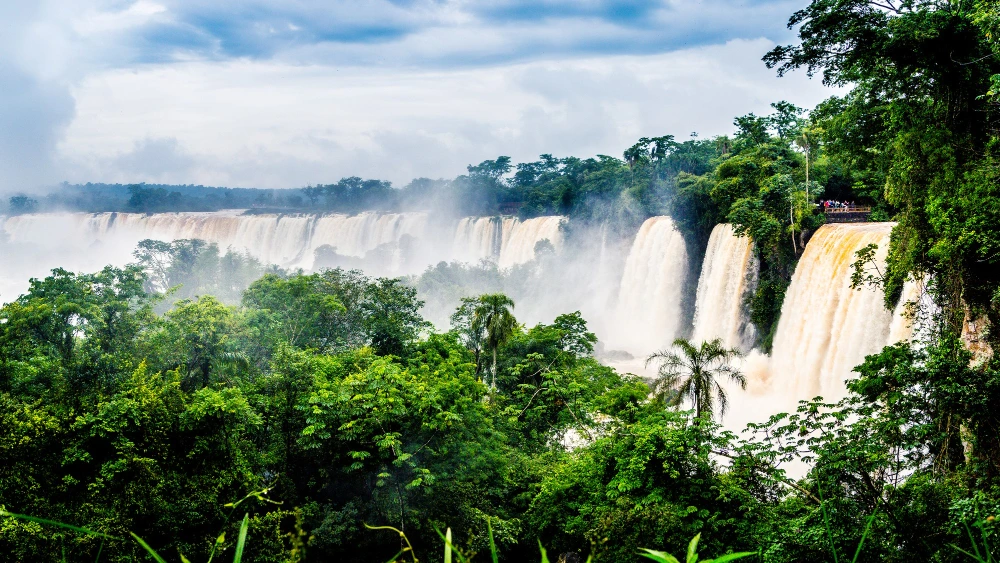
My Personal Verdict: Which Side of Iguazu Falls is Better?
After all my visits, here’s my honest verdict for different travelers:
First-time visitors with limited time: Argentine side. Devil’s Throat alone is worth the trip. You’ll get closer to the falls than anywhere else on Earth.
Photography enthusiasts: Brazilian side first, then Argentine. Get your wide shots from Brazil, then capture details from Argentina.
Adventure seekers: Definitely Argentine side. The trails are longer, wilder, and you’ll interact more with the falls themselves.
Families with children: Brazilian side. Shorter walks, paved paths, and better facilities make it more family-friendly.
My personal favorite? The Argentine side wins by a hair. Standing at Devil’s Throat gives me chills every single time. But the Brazilian panoramic view is absolutely essential too.
Conclusion
Both sides of Iguazu Falls offer something special. The Argentine side gives you an immersive, up-close adventure. The Brazilian side provides breathtaking panoramic views perfect for photography.
My final recommendation: Visit both if possible. Start with the Argentine side for the full experience, then capture the complete picture from Brazil.
If you must choose just one, pick the Argentine side. Devil’s Throat and the three circuits offer more variety and adventure. But you’ll always wonder what those panoramic views look like from Brazil.
Have you been to Iguazu Falls? Which side did you prefer? I’d love to hear about your experience and which perspective captured your heart.
Frequently Asked Questions
Is it worth seeing both sides of Iguazu Falls?
Absolutely yes, if you have 2+ days. Each side offers a completely different experience. You’re missing half the story if you only see one side.
The cost is reasonable – about $60 total for both park entries. Compare that to flying across continents to see other natural wonders.
Which side of Iguazu Falls is better to stay on Reddit users ask?
Reddit users are split 60/40 favoring the Argentine side for accommodation. Most agree the falls themselves are the priority, not the hotel.
I partially agree with Reddit wisdom here. If you’re only visiting the falls, stay in Puerto Iguazu. If you want nightlife and dining options, choose Foz do Iguaçu.
How to get to Argentina side of Iguazu Falls from Brazil?
Step-by-step from Foz do Iguaçu:
Take local bus to Brazil border (15 minutes, $2)
Walk across friendship bridge
Get Argentine entry stamp
Take Argentine bus to Puerto Iguazu (20 minutes, $3)
Transfer to park bus (20 minutes, $2)
Total time: 1.5-2 hours including border formalities. Taxi costs about $40 and takes 45 minutes.
What’s the best place to see Iguazu Falls?
For the iconic wide view: Brazilian side main viewpoint. This is where every postcard photo comes from.
For raw power and drama: Devil’s Throat on the Argentine side. Nothing compares to standing right above the main cascade.
My secret spot: Lower Circuit trail end on the Argentine side. You can almost touch the falling water here. It’s magical at sunrise with fewer crowds.
Iguazu Falls facts that surprised me
The falls are 82 meters high – taller than Niagara by 30 meters. But height isn’t everything. The width spans 2.7 kilometers.
During flood season, water flow increases 10 times normal volume. I witnessed this once. The noise was so loud we couldn’t talk without shouting.
275 individual waterfalls make up the system. Most people think it’s one big waterfall, but it’s actually hundreds working together.
The Argentine side has 80% of the falls, Brazil has 20%. But that 20% includes the best viewing angles for the majority of waterfalls.


